Just imagine all the best of a Reuben Sandwich combined into a soup.
Do you always fix a traditional Irish-American corned beef and cabbage dinner on March 17th? Not always for me, and less often since I’ve been a widow. You can’t buy a small corned beef for 1-2 meals. In this instance, though, I cooked a whole corned beef and used almost all of it to make a double portion of this soup. I was having a group of friends over to play Mexican Train and my co-hostess Holly brought part of the meal (salad and dessert) while I did a nice varied cheese tray and this soup. Oh, and also an Ina Garten Guinness wheat bread I baked (recipe up soon).
The original recipe came from Phillis Carey, although I didn’t attend the cooking class when it was prepared. She sent it out to her email list as a recipe of the week. I did make a few changes from the original: (1) I added some celery; (2) I thickened the soup with cornstarch because I thought it needed to have more heft; (3) I used a quite sour brand of sauerkraut, so I added a tetch of sugar which just took the edge off of that sour flavor, but you’d never think there was sugar added (and I used monkfruit anyway); and (4) I added a little bit more cream. If you are watching carbs, you don’t have to thicken the soup – although you could take out some of the vegetables (not the corned beef) and whiz that up in the blender to provide a thicker consistency.
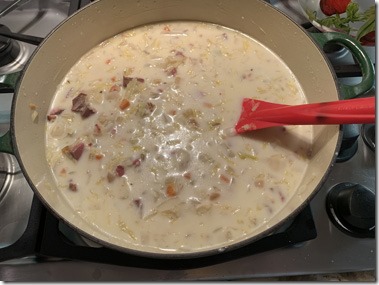 And I also changed the way you make and serve the croutons – because I made a double batch of this and was serving a bunch of people, I didn’t want to put 8 bowls of soup in the oven. So, I toasted the croutons in the oven to begin with (drizzled with EVOO), then I kind of mounded them into 8 little crowns and sprinkled the grated Emmental cheese on top and put that into the oven to broil and get golden brown. So, when serving the soup, I scooped the soup into bowls, then used a spatula to take a crouton-cheese crown on top of each bowl of soup.
And I also changed the way you make and serve the croutons – because I made a double batch of this and was serving a bunch of people, I didn’t want to put 8 bowls of soup in the oven. So, I toasted the croutons in the oven to begin with (drizzled with EVOO), then I kind of mounded them into 8 little crowns and sprinkled the grated Emmental cheese on top and put that into the oven to broil and get golden brown. So, when serving the soup, I scooped the soup into bowls, then used a spatula to take a crouton-cheese crown on top of each bowl of soup.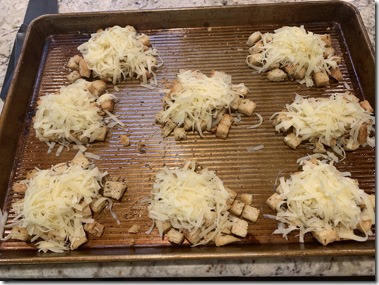 See photo below.
See photo below.
What I did forget to do was sprinkle the top with Italian parsley, but it made no-never-mind to the flavor. I did make the soup the day before serving, and no question, the overnight chill helped meld the flavors. As I write this, I’ve had leftovers twice now, for lunch, and oh-so-good.
What’s GOOD: oh, my, the flavor. Just like a corned beef and cabbage dinner with the Reuben element of sauerkraut and cheese. The croutons and cheese just put this soup over the top. This is a keeper.
What’s NOT: only that you need to prepare a corned beef – or buy thick slices from a deli counter in order to cut cubes. This soup is better made a day ahead.
printer-friendly PDF and MasterCook 15/16 file (click link to open recipe)
* Exported from MasterCook *
Creamy Reuben Soup with Corned Beef, Sauerkraut and Rye Croutons
Recipe By: Adapted from a Phillis Carey recipe, 2020
Serving Size: 7
CROUTONS:
1 tablespoon EVOO
7 slices rye bread — crusts removed, cut into 1/2″ cubes
SOUP:
1 tablespoon EVOO
1 small onion — finely diced
1 carrot — peeled and finely chopped
1 stalk celery — finely chopped
1 clove garlic — minced
1 teaspoon caraway seeds
Freshly ground black pepper to taste
5 cups low-sodium chicken broth — reserving 2 cups (set aside)
1/2 pound corned beef brisket — sliced, cubed
8 fluid ounces sauerkraut
3/4 cup heavy whipping cream
5 1/2 tablespoons cornstarch
1/2 tablespoon sugar — or monkfruit sweetener
1/4 cup chopped parsley — plus more for garnish
Salt to taste (probably won’t need it)
6 ounces Gruyere cheese — grated or Emmental
NOTES: Ideally, make this the day before as the taste is enhanced with an overnight chill to meld flavors.
1. Preheat oven to 400°F. Spread rye bread cubes on rimmed baking sheet. Drizzle with EVOO then toss well to distribute oil. Bake for about 5-8 minutes until golden but not burned. Watch carefully. Remove and set aside.
2. In a large soup pot, heat EVOO over medium-low. Add onions and cook until softened, about 5 minutes. Add carrots, celery, garlic, caraway seed and pepper to the pot and cook, stirring often until softened, about 5 minutes. Add chicken broth and bring to a boil. Lower heat and simmer on low for 20 minutes.
3. Stir in corned beef, sauerkraut, and heavy cream; bring to a boil and then simmer for 5 minutes.
4. Combine the reserved, room temp chicken broth with cornstarch and mix well. Pour into soup pot and stir for several minutes until it comes to a simmer and soup thickens. Add sugar or alternative sweetener. Stir in parsley and add salt if needed – it probably won’t be needed. If soup is too salty adjust by adding small amounts of water and bring back to a boil.
4. Mound portions of croutons on baking sheet and top with grated cheese. Broil 4 to 5 inches from heat until cheese is melted and bubbling, 1 to 2 minutes. Pour soup into bowls then carefully (using a spatula) place bubbling crouton crown on top of each bowl of hot soup. Sprinkle with more parsley if desired. Serve immediately.
Per Serving: 438 Calories; 29g Fat (55.3% calories from fat); 24g Protein; 29g Carbohydrate; 4g Dietary Fiber; 79mg Cholesterol; 604mg Sodium.





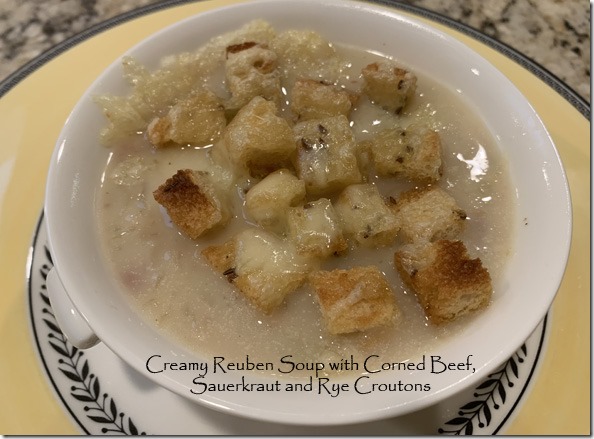

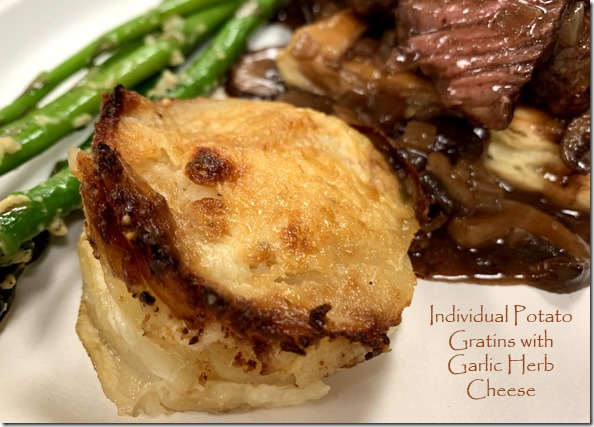
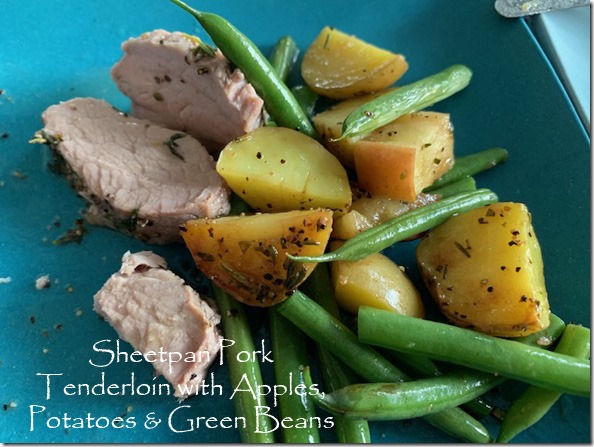
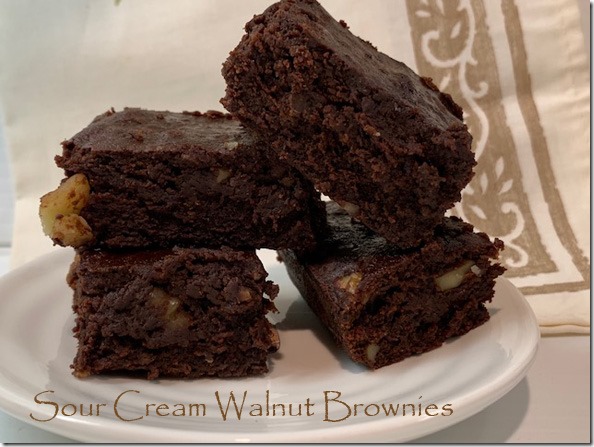
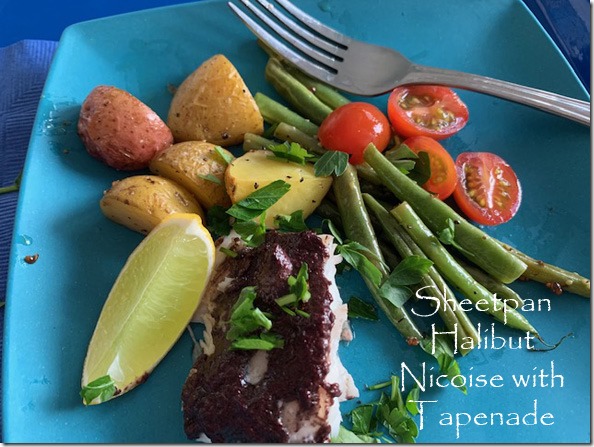

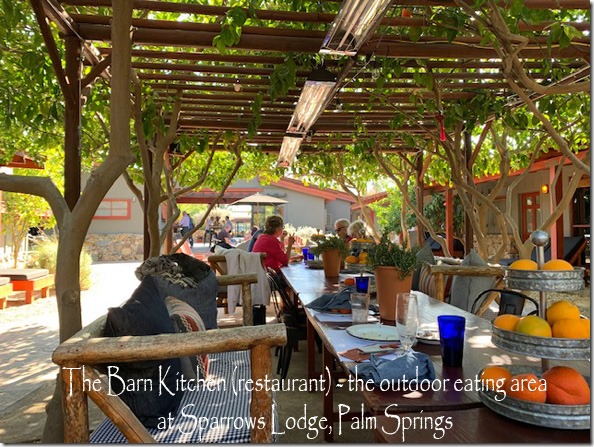
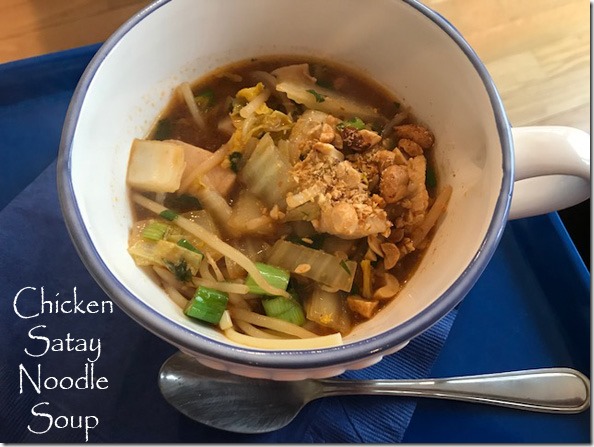
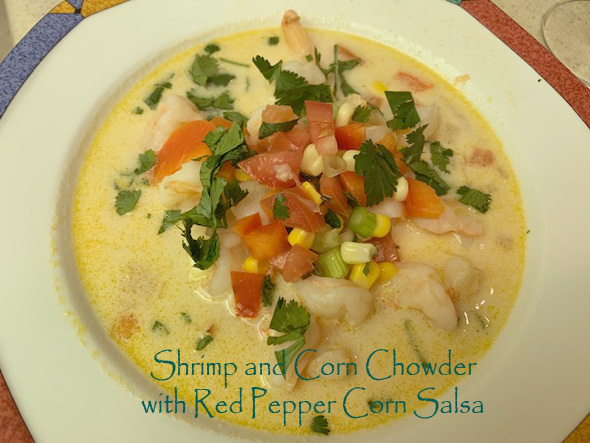
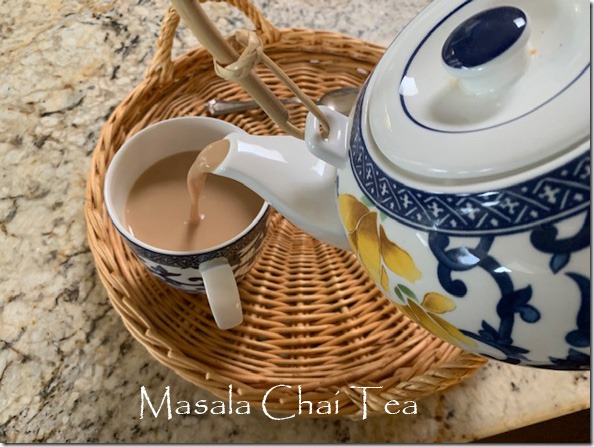
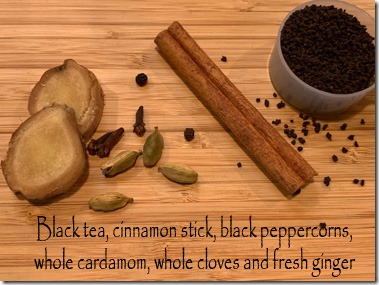
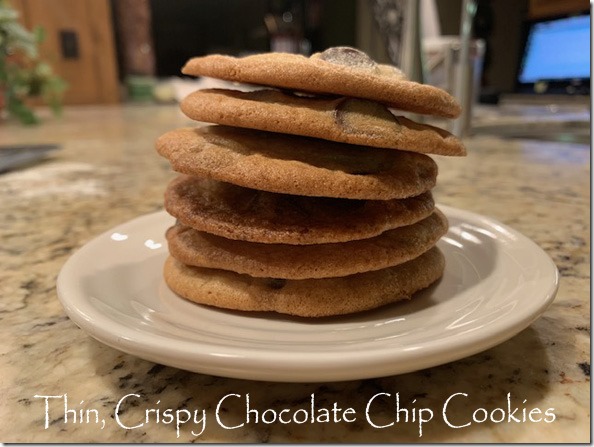

Leave a Comment!